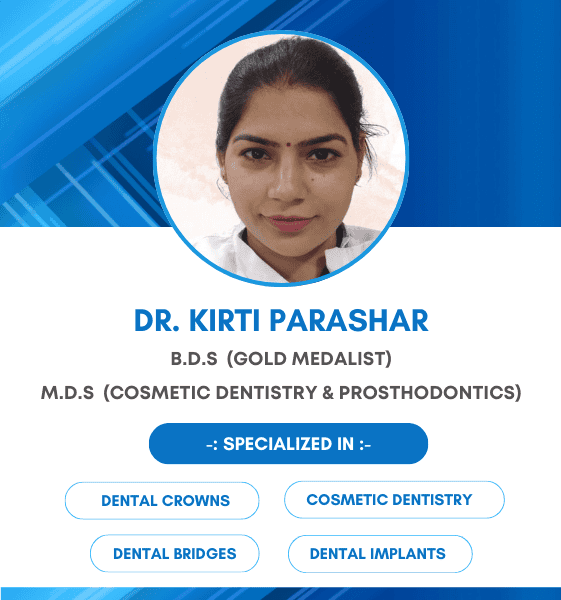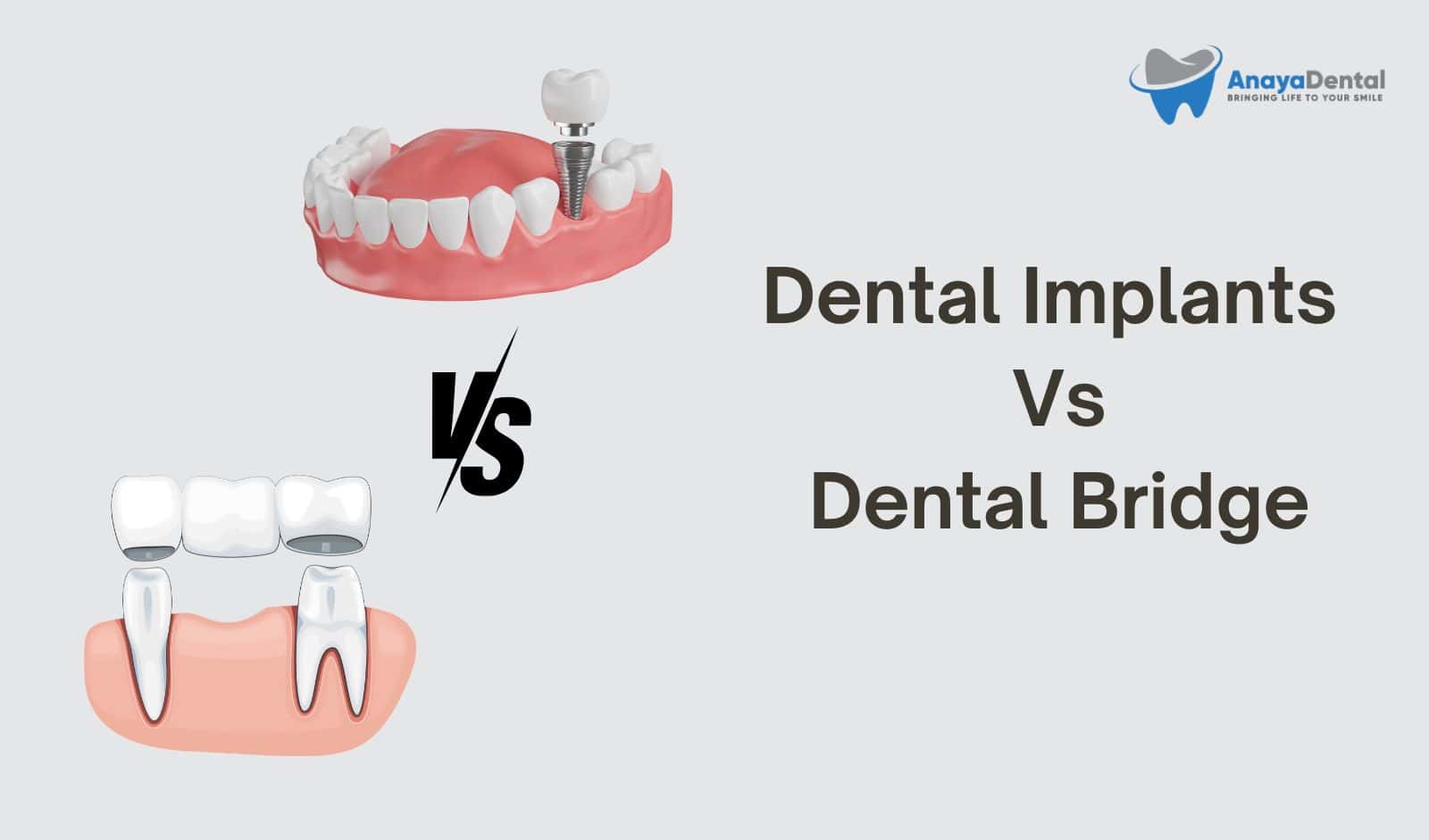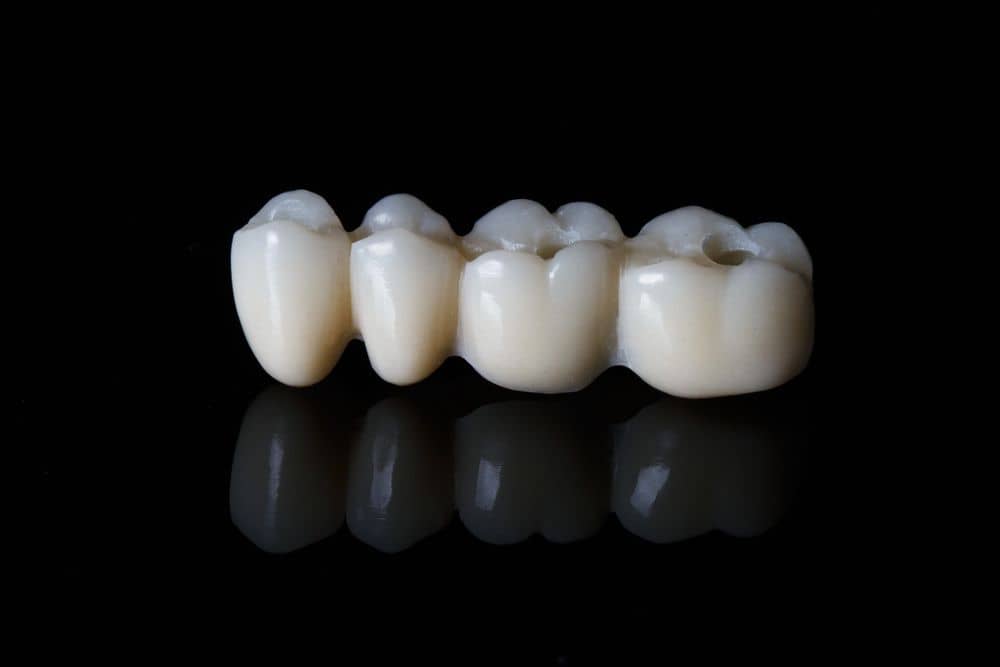As someone who’s spent countless hours researching oral health, I understand how dental bridges can improve both the function and appearance of your teeth. But what happens when tooth decay creeps in beneath the bridge? This issue is more common than you might think, and it’s essential to address it promptly to preserve your oral health. Learning about the causes, symptoms, and solutions can help you take proactive steps to safeguard your smile.
Meet the Experts
Dr. Sarah Mitchell, DDS: Dr. Mitchell is a prosthodontist specializing in restorative dentistry. With over 15 years of experience, she focuses on improving patients’ oral function and aesthetics. Connect with her at webmd.
Dr. Jason Lee, DMD: A seasoned implantologist with two decades of experience, Dr. Lee is renowned for his expertise in advanced dental implant procedures. Learn more about his work at his website.
Try Our Dental Calculators
Dr. Emily Carter, BDS: With a focus on preventive dentistry, Dr. Carter helps patients maintain optimal oral health through education and care. Learn more about her at her website here.
What Causes Tooth Decay Under a Dental Bridge?
Tooth decay under a dental bridge usually stems from inadequate cleaning, poor dental hygiene, or improper bridge fitting. Here are the primary culprits:
- Improper Oral Hygiene: Failing to clean under and around your dental bridge allows bacteria and food particles to accumulate, leading to decay. Plaque build-up can harden into tartar, which becomes even more difficult to remove.
- Ill-Fitting Bridges: When a bridge doesn’t fit perfectly, it leaves gaps where bacteria can thrive. These gaps often go unnoticed but can serve as a breeding ground for decay.
- Gum Recession: Over time, gums may recede due to aging, periodontal disease, or improper oral care, exposing the base of the teeth or roots to potential decay. This makes the teeth underneath more vulnerable to damage.
- Diet High in Sugars and Acids: Consuming sugary or acidic foods frequently weakens enamel and promotes bacterial growth. Snacking throughout the day without cleaning your teeth exacerbates the risk.
Dr. Sarah Mitchell, DDS, a prosthodontist with over 15 years of experience, explains: “Tooth decay under bridges often goes unnoticed until it causes significant discomfort. Regular dental checkups are crucial for detecting early signs of decay before they become severe.”
Symptoms of Tooth Decay Under a Dental Bridge
Be on the lookout for these warning signs:
- Persistent bad breath or a foul taste in your mouth
- Sensitivity to hot or cold foods and drinks
- Pain or discomfort when chewing, particularly near the bridge
- Visible discoloration or dark spots near the bridge
- Swollen or bleeding gums, which may indicate underlying gum disease
Ignoring these symptoms can lead to more severe issues, such as infection or the need for extensive dental work. If you experience any of these symptoms, consult your dentist promptly.
Treatment Options for Tooth Decay Under a Dental Bridge
Treatment depends on the extent of the decay. Here’s what you might expect:
- Filling or Bonding: If the decay is minimal, your dentist can clean the area and use filling material to restore the tooth. This is a quick and effective solution for small cavities.
- Replacing the Bridge: For more severe cases, the bridge may need to be removed, and the decayed tooth treated before creating a new bridge. Properly fitted bridges help prevent future issues.
- Root Canal Therapy: If the decay has reached the tooth’s pulp, a root canal might be necessary before replacing the bridge. This procedure saves the tooth while eliminating infection.
- Dental Implants: In cases where the tooth is beyond repair, an implant may be recommended as a permanent solution. Implants provide a durable, long-term alternative to traditional bridges.
- Antibiotic Treatment: In cases of infection, antibiotics may be prescribed alongside dental treatment to manage and eliminate bacteria.
Dr. Jason Lee, DMD, an implantologist with 20 years of experience, advises: “The best approach is preventive care. Using special bridge floss and water flossers can significantly reduce the risk of decay. Once decay sets in, timely intervention is key.”
Preventing Tooth Decay Under a Dental Bridge
Preventive care is always better than treatment. Here’s how to keep your dental bridge in top shape:
- Brush twice daily with fluoride toothpaste, paying special attention to the areas around your bridge.
- Use a water flosser or specialized bridge floss to clean under the bridge and around supporting teeth. These tools are designed to remove debris that a regular toothbrush might miss.
- Visit your dentist for professional cleanings and checkups every six months. During these visits, your dentist can spot early signs of decay or gum disease.
- Avoid sugary and acidic foods, or rinse your mouth thoroughly after consuming them. Drinking water throughout the day can also help wash away food particles.
- Consider using an antibacterial mouthwash to reduce plaque buildup and combat harmful bacteria.
Dr. Emily Carter, BDS, a preventive dentistry expert, emphasizes: “Good oral hygiene habits and regular checkups are your best defense against decay. Prevention is key to ensuring your bridge lasts for years and remains functional.”
Additional Tips for Bridge Maintenance
- Chew carefully: Avoid using your dental bridge to bite down on hard objects, such as ice or pens.
- Address grinding: If you grind your teeth, consider wearing a nightguard to prevent unnecessary pressure on your bridge.
- Replace your toothbrush regularly: A worn-out toothbrush won’t clean effectively. Replace it every three months or sooner if the bristles fray.
Caring for your dental bridge and the underlying teeth is essential for a healthy, confident smile. By following expert advice and prioritizing oral hygiene, you can prevent decay and enjoy the benefits of your bridge for years to come. Armed with knowledge and the right tools, you’re well on your way to maintaining excellent oral health.








